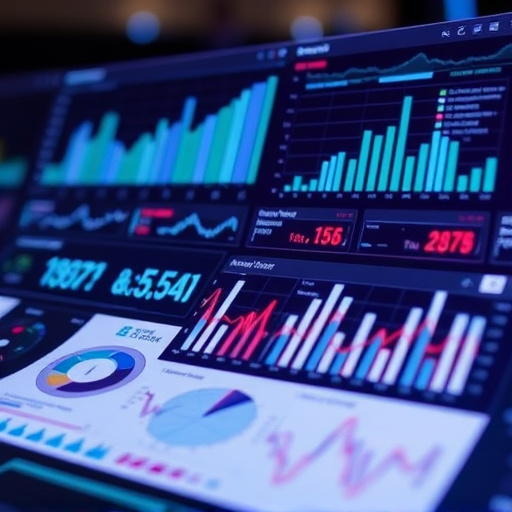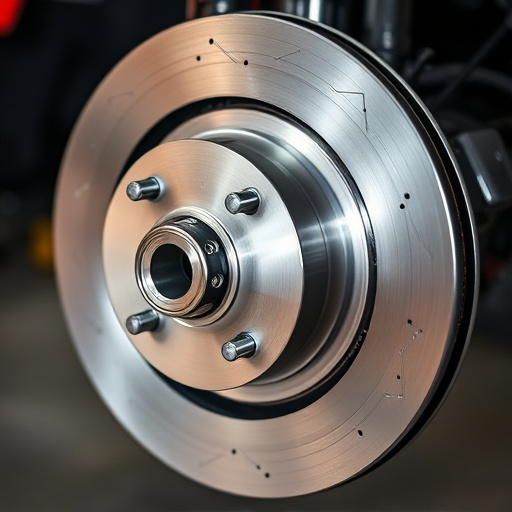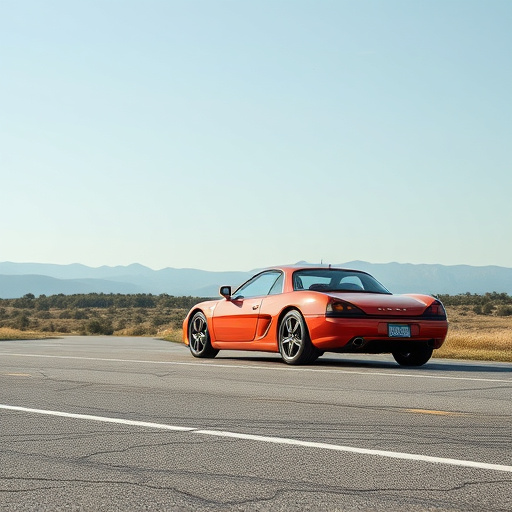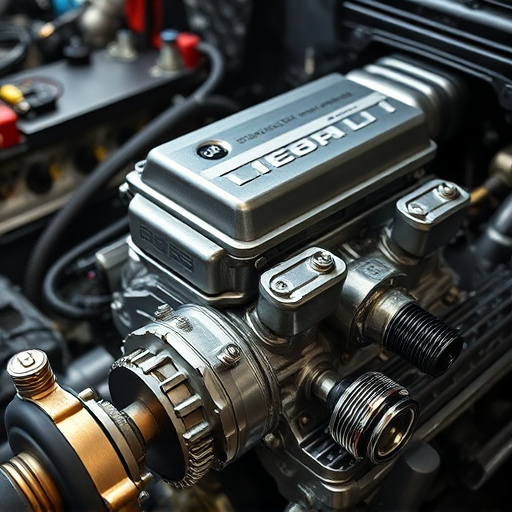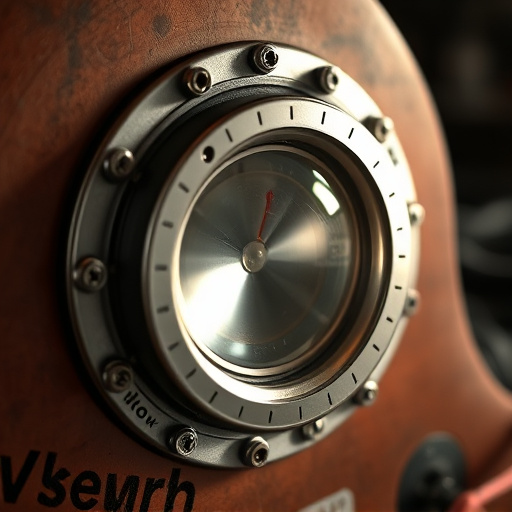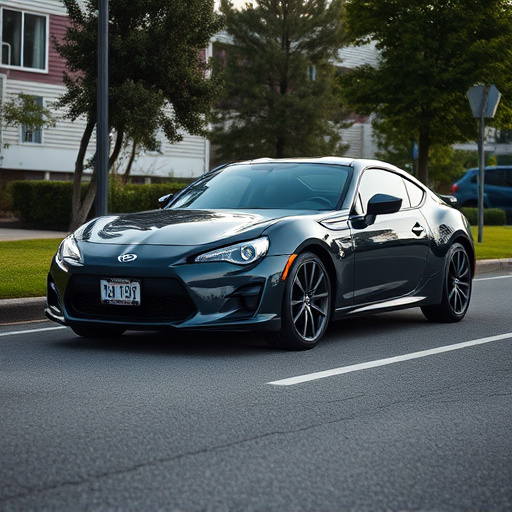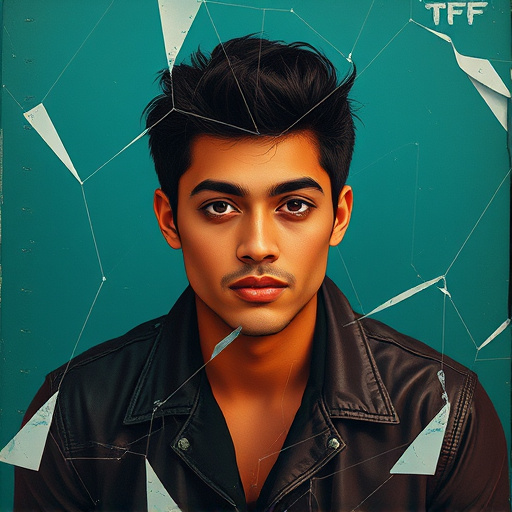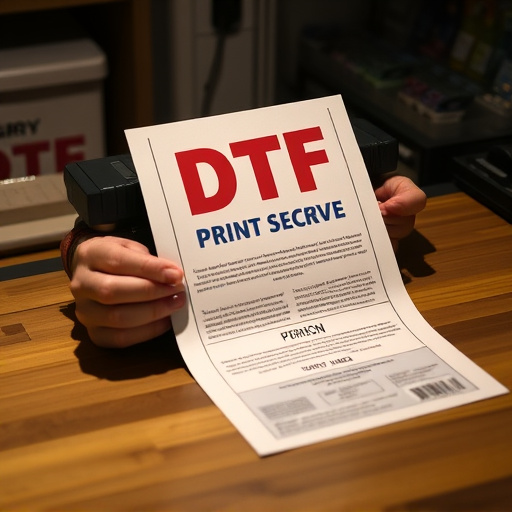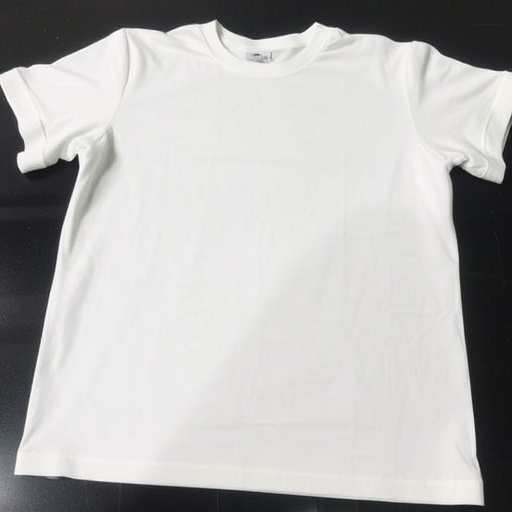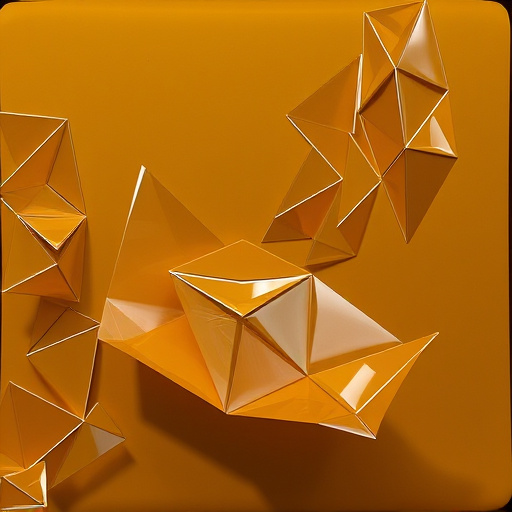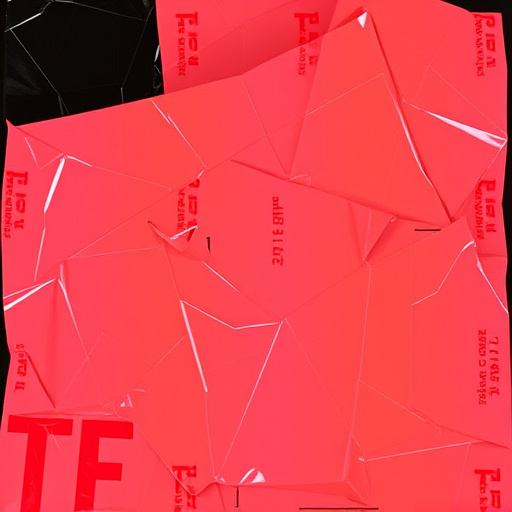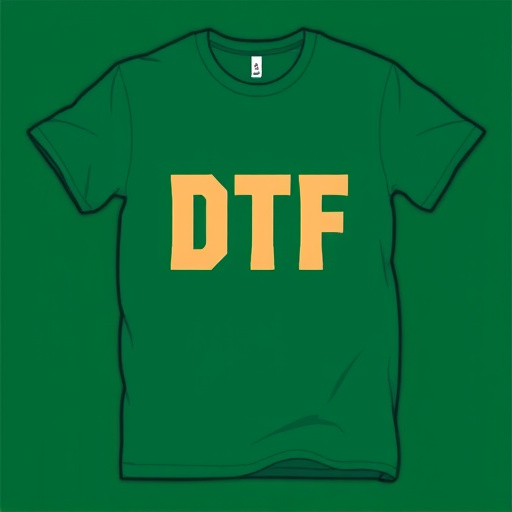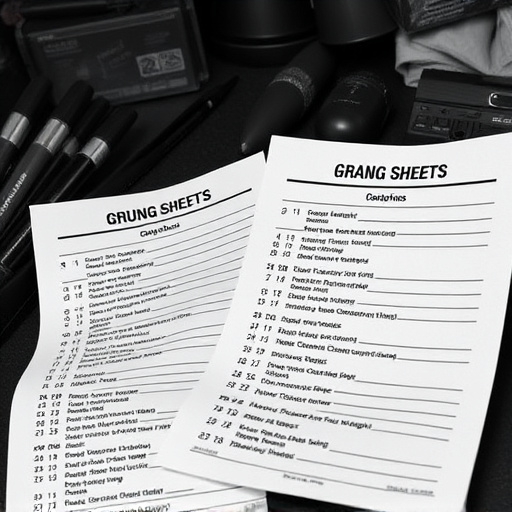The printing industry is experiencing a significant shift with the rise of Premium DTF Transfers (Direct to Fabric Transfer), transforming garment decoration. Advanced technology has elevated the heat press method into an art form, enabling high-quality custom designs. This trend empowers businesses to meet diverse customer preferences for unique, on-demand garments while maintaining excellent quality standards. Design trends showcase intricate details, vibrant colors, and unique textures, with a growing emphasis on sustainability using organic fabrics and water-based inks. AI-driven design tools automate processes and expand applicability across various fabrics, while eco-friendly production methods cater to environmental concerns.
In the ever-evolving world of printing, premium Direct-to-Garment (DTF) transfers are leading the charge with innovative trends that promise to revolutionize the industry. This year, we explore the cutting-edge developments reshaping the landscape of DTF transfers. From design aesthetics to technological breakthroughs, this article delves into the key trends setting the pace for a vibrant and diverse market. Discover how these advancements enhance customization, cater to unique styles, and unlock new creative possibilities in the realm of premium DTF printing.
- The Evolution of Premium DTF Transfers: Unlocking New Possibilities
- Design Trends Shaping the Future of DTF Transfers
- Technology Advancements Driving Innovation in Premium DTF Printing
The Evolution of Premium DTF Transfers: Unlocking New Possibilities

The world of Premium DTF Transfers is experiencing a dynamic evolution, opening up new avenues for creativity and customization in the printing industry. This technology, which stands for Direct to Fabric Transfer, has transformed how we approach garment decoration, enabling more intricate and personalized designs. Over time, the heat press method has evolved from a simple technique to an art form, allowing for the creation of high-quality custom DTF transfers. This shift has not only democratized access to premium printing but also sparked a surge in bulk DFT shirt production.
With advancements in technology, creating custom DTF transfers has become more accessible and efficient. The heat press process now offers unparalleled precision, ensuring that designs are accurately transferred onto various fabrics. This development is particularly exciting for businesses looking to cater to diverse customer preferences, as it facilitates the production of unique, on-demand garments at scale. As a result, we’re seeing a trend towards bulk DTF shirt production, where brands can efficiently meet market demands while maintaining high-quality standards.
Design Trends Shaping the Future of DTF Transfers

The design trends for Premium DTF Transfers are setting new standards in the industry, pushing the boundaries of what’s possible with direct-to-fabric (DTF) printing. As we move into a new year, several key aesthetics and innovations are poised to transform custom t-shirt manufacturing. One prominent trend is the increased demand for intricate and detailed designs that showcase complex layering, vibrant color palettes, and unique textures. This shift reflects consumers’ growing appreciation for artistic expression and personalized fashion statements.
Additionally, sustainability is becoming a defining factor in design choices. Eco-friendly materials and processes are gaining traction, with many brands opting for organic fabrics and water-based inks to reduce their environmental impact. This trend not only appeals to environmentally conscious consumers but also ensures that the future of DTF printing remains sustainable. Custom DTF transfers are at the forefront of these developments, offering endless possibilities for designers while catering to the evolving preferences of a discerning market.
Technology Advancements Driving Innovation in Premium DTF Printing

The year 2023 marks a significant shift in the realm of premium DTF (Direct to Fabric) transfers with rapid technological advancements driving innovation. Printers are now equipped with more sophisticated hardware and software, enabling intricate design details, improved color accuracy, and faster turnaround times. This has paved the way for creating dtf prints on a wide array of fabrics, from light to dark, without compromise in quality.
One notable trend is the integration of AI-driven design tools that automate layout and optimization processes. These tools allow designers to experiment with various techniques like sublimation, heat transfer, and screen printing for DTF applications. Additionally, advancements in eco-friendly inks and sustainable production methods are gaining traction, catering to the growing demand for environmentally conscious DTF printing solutions. The versatility of DTF printing for dark fabrics has also been enhanced, opening up new possibilities for brands aiming to create distinctive, high-quality garments.
As we look ahead, premium DTF transfers are poised to continue their upward trend, driven by evolving design aesthetics and technological breakthroughs. From enhanced print quality to innovative material integrations, this year promises exciting developments for the industry. Staying attuned to these emerging trends will empower creators and businesses alike to capitalize on the dynamic potential of DTF printing, ensuring their products remain cutting-edge and in high demand.

